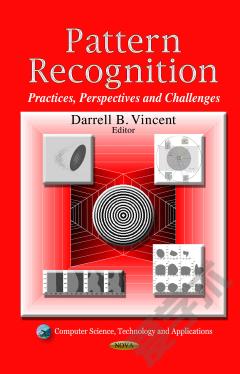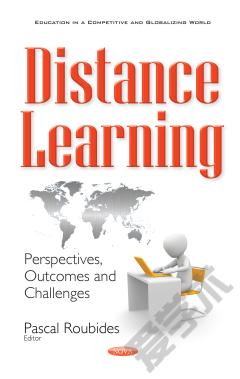Problem-Based Learning: Perspectives, Methods and Challenges
medicine to prepare students for patient encounters in clinical practice. In PBL, under the guidance of a skilled “tutor,” small groups of students engage with “ill-structured” problems to identify gaps in their knowledge and understanding which they then research during the week and return to discuss their findings and to address any inconsistencies. With PBL designed for graduate students in a Western context in the 1960s, it has been adapted and customised, sometimes to such an extent that the approach is no longer recognisable as PBL. This excessive adaptation has clouded measurement of its educational effectiveness. Notwithstanding, PBL has been widely implemented in many disciplines and is now firmly entrenched as a small group, collaborative and active learning approach. This book discusses the perspectives, methods and challenges of problem-based learning.
{{comment.content}}








 京公网安备 11010802027623号
京公网安备 11010802027623号